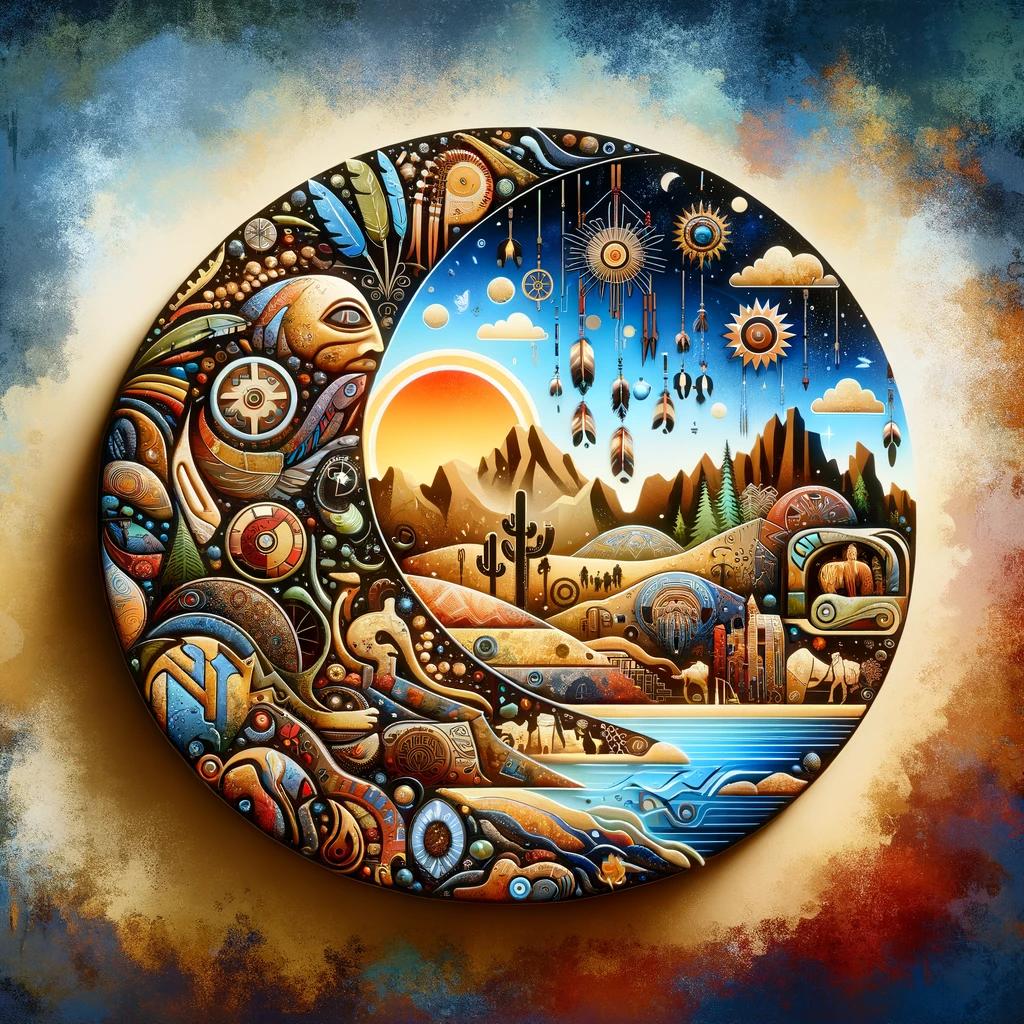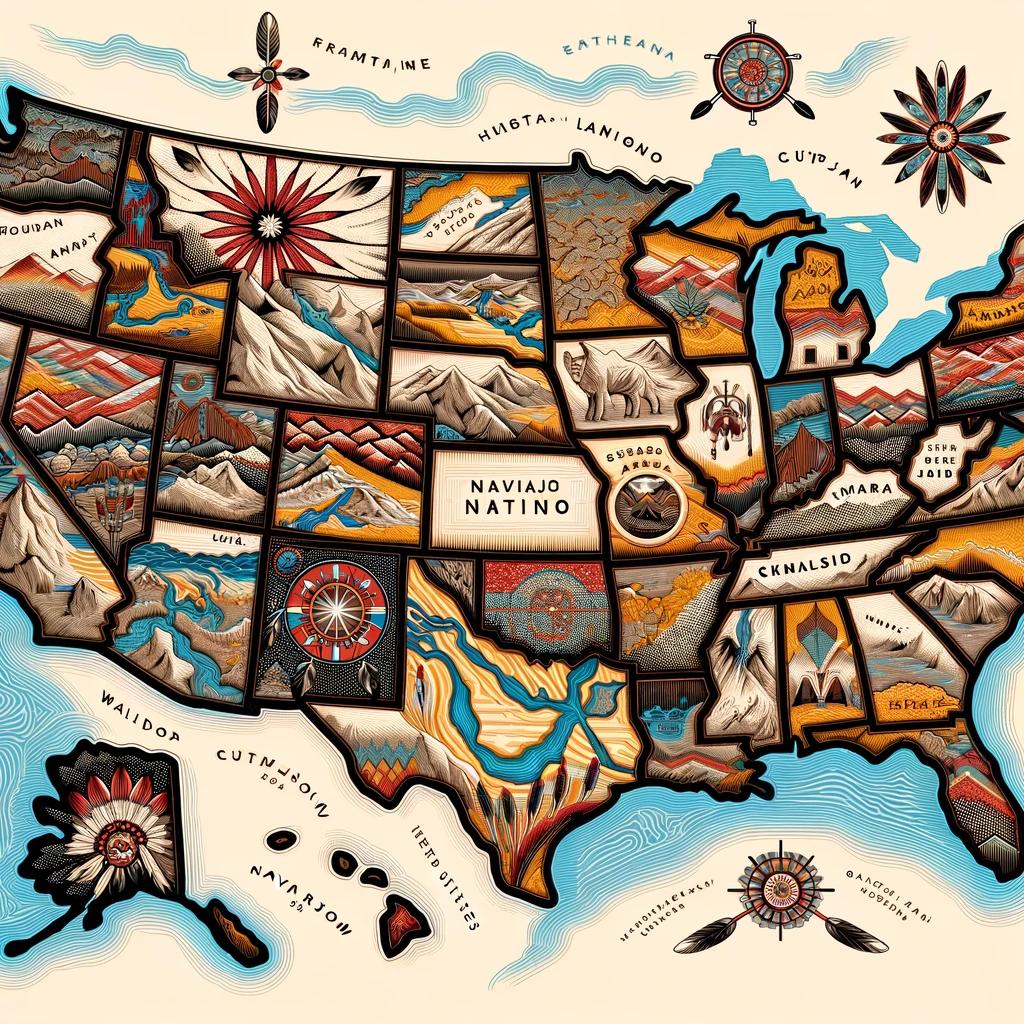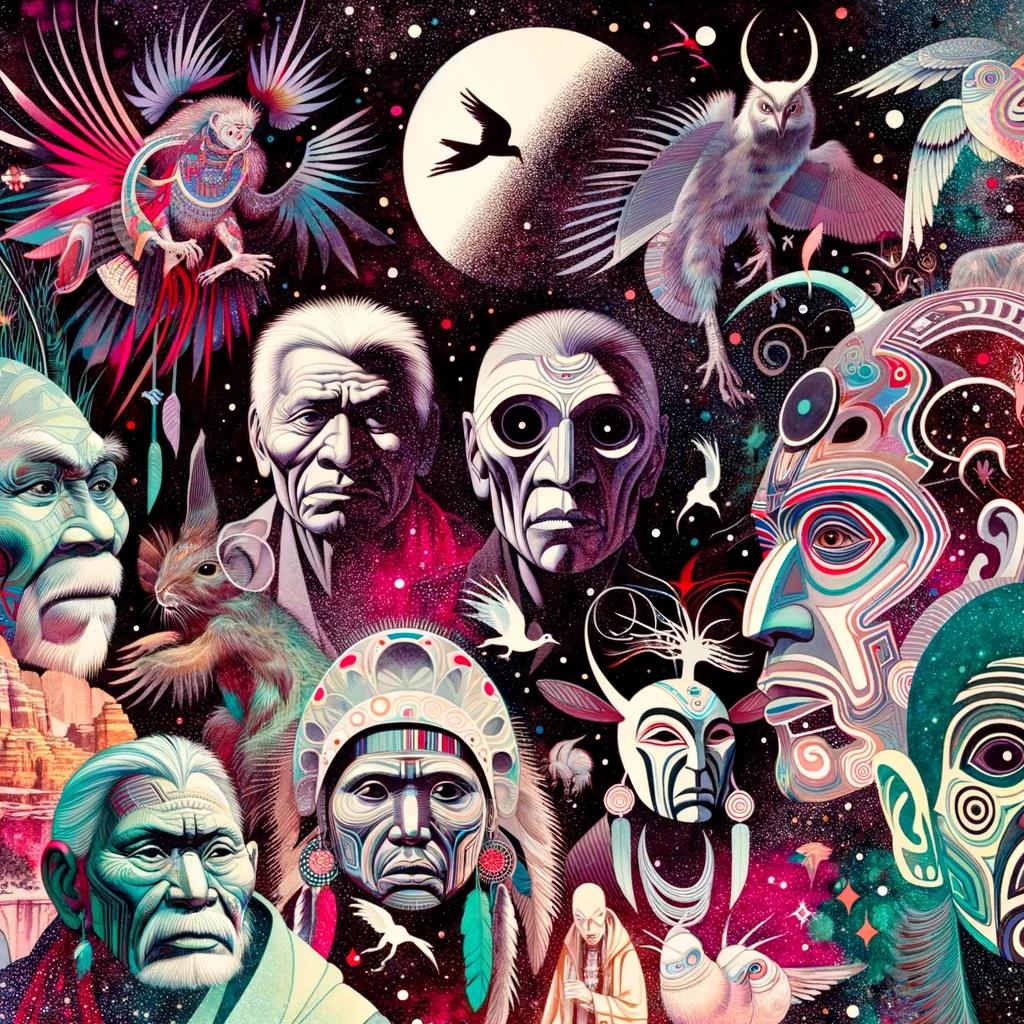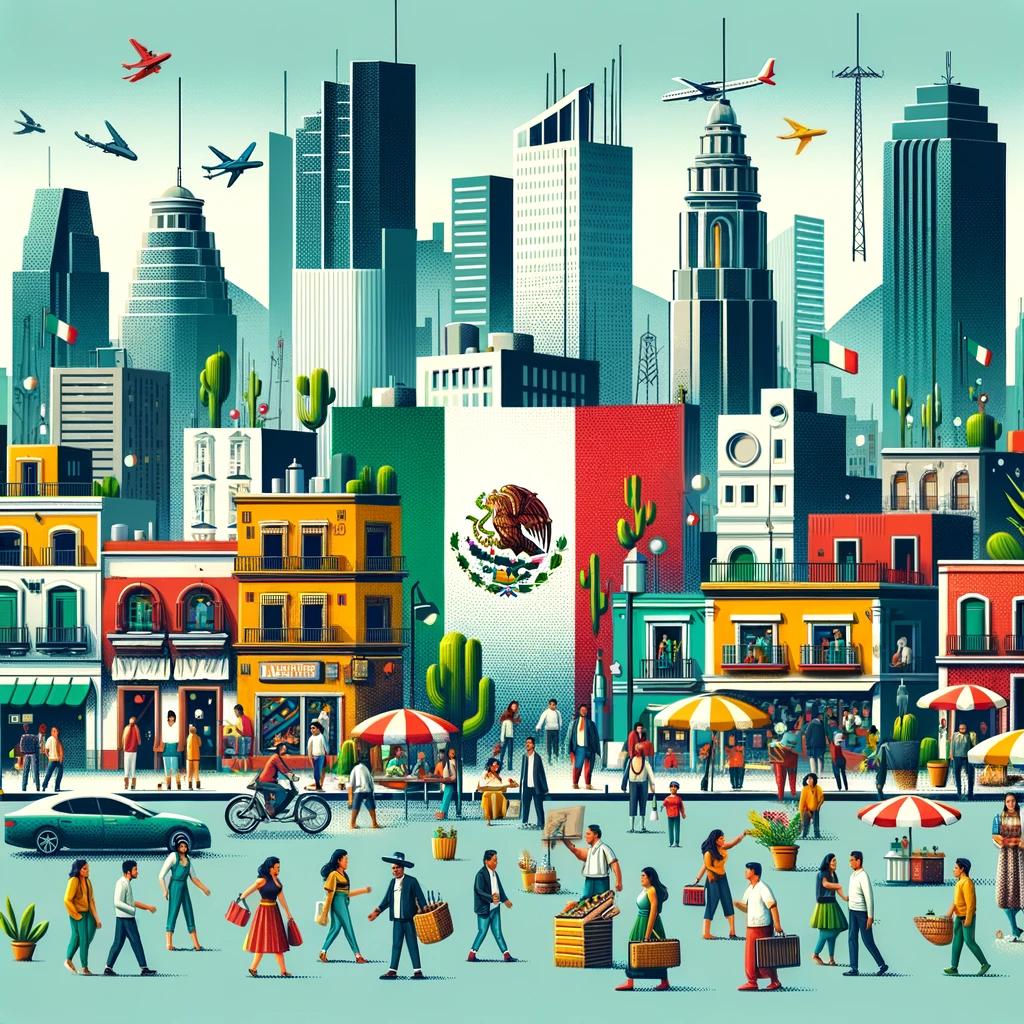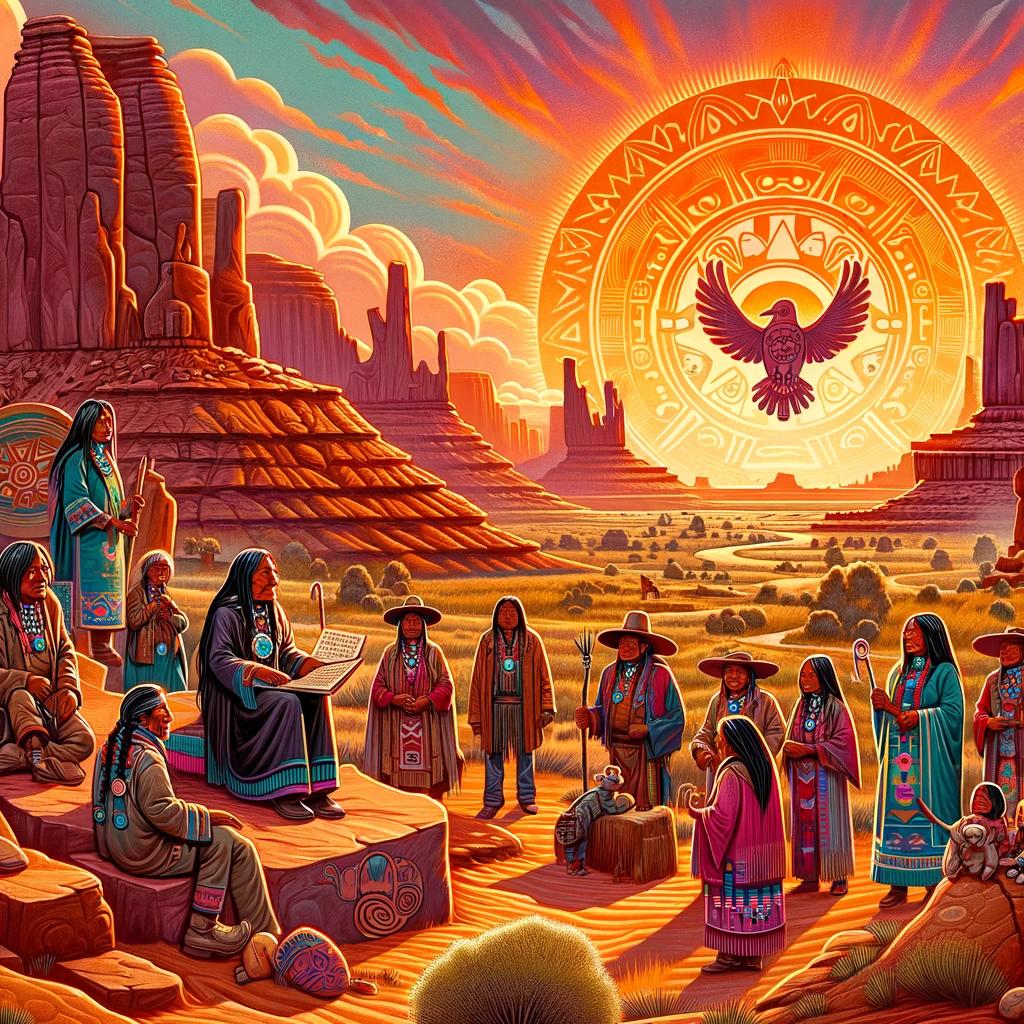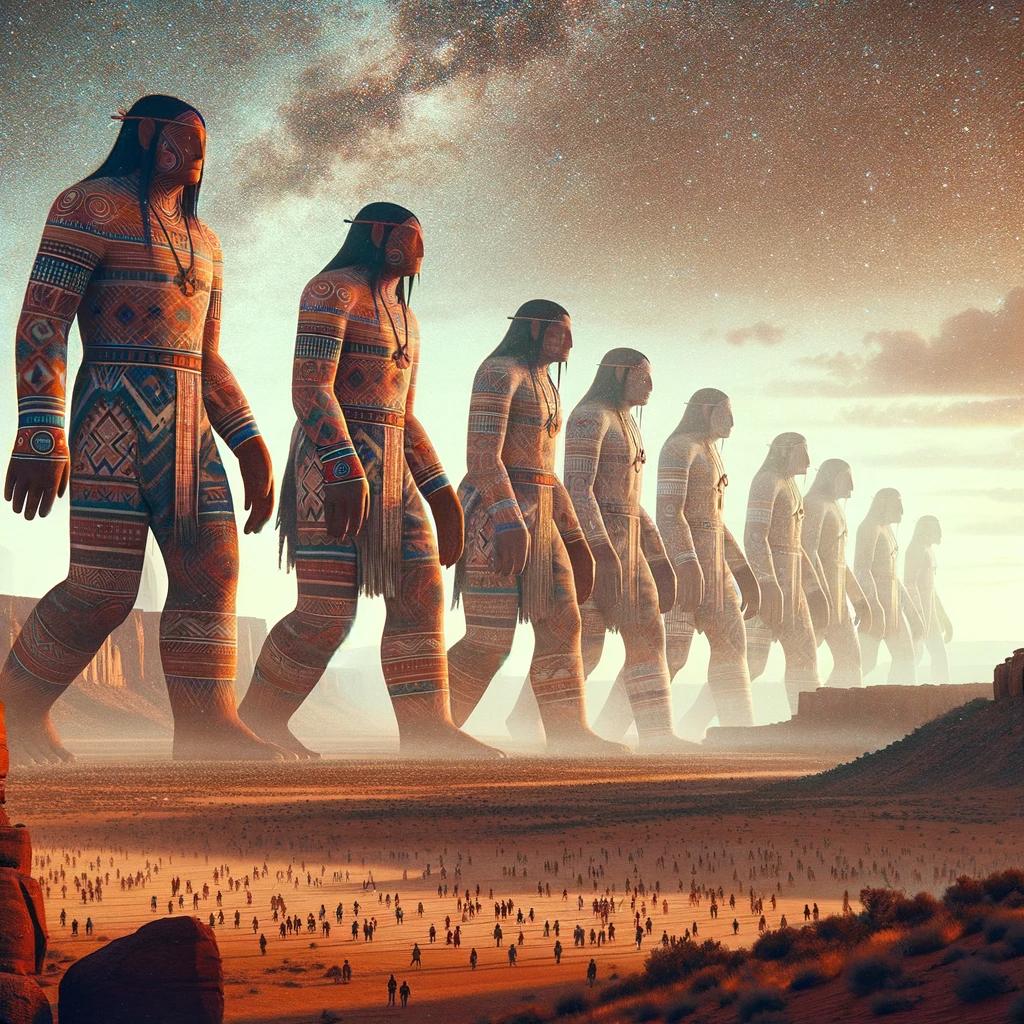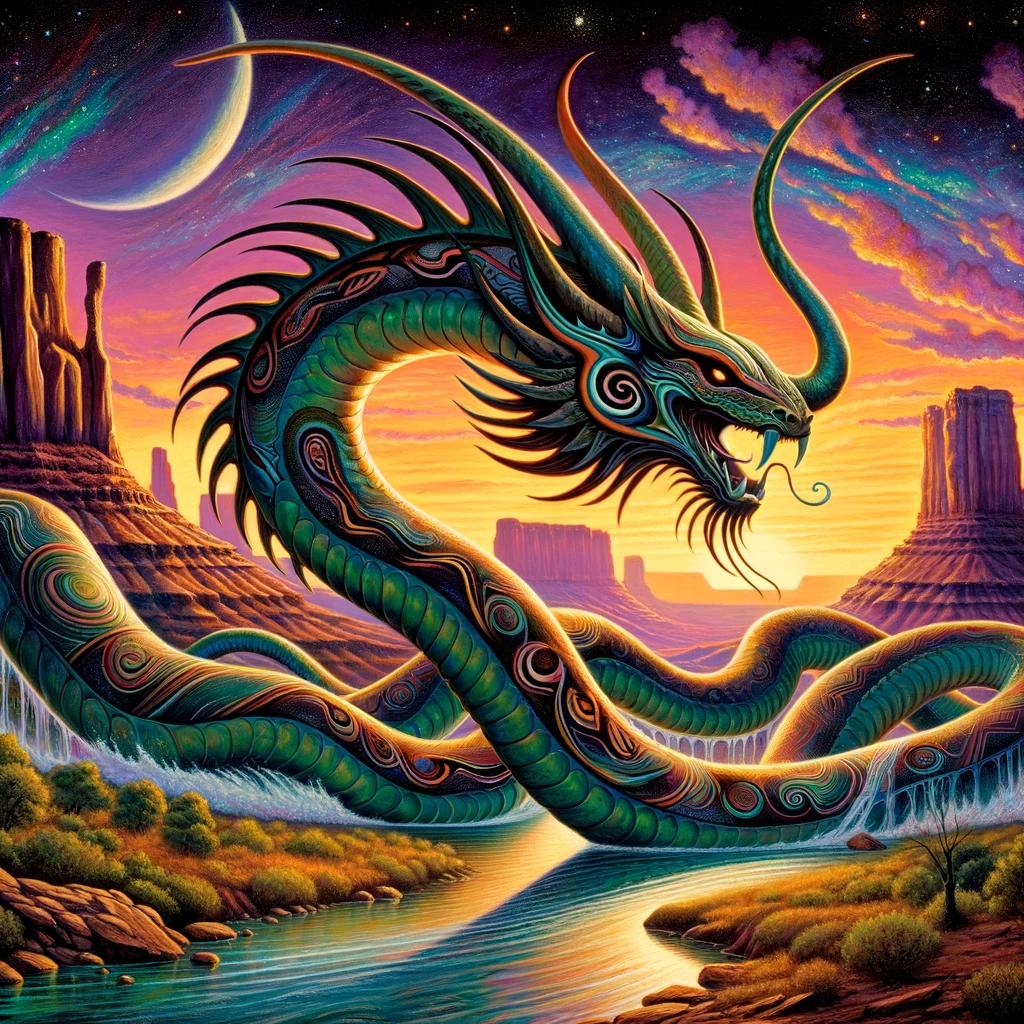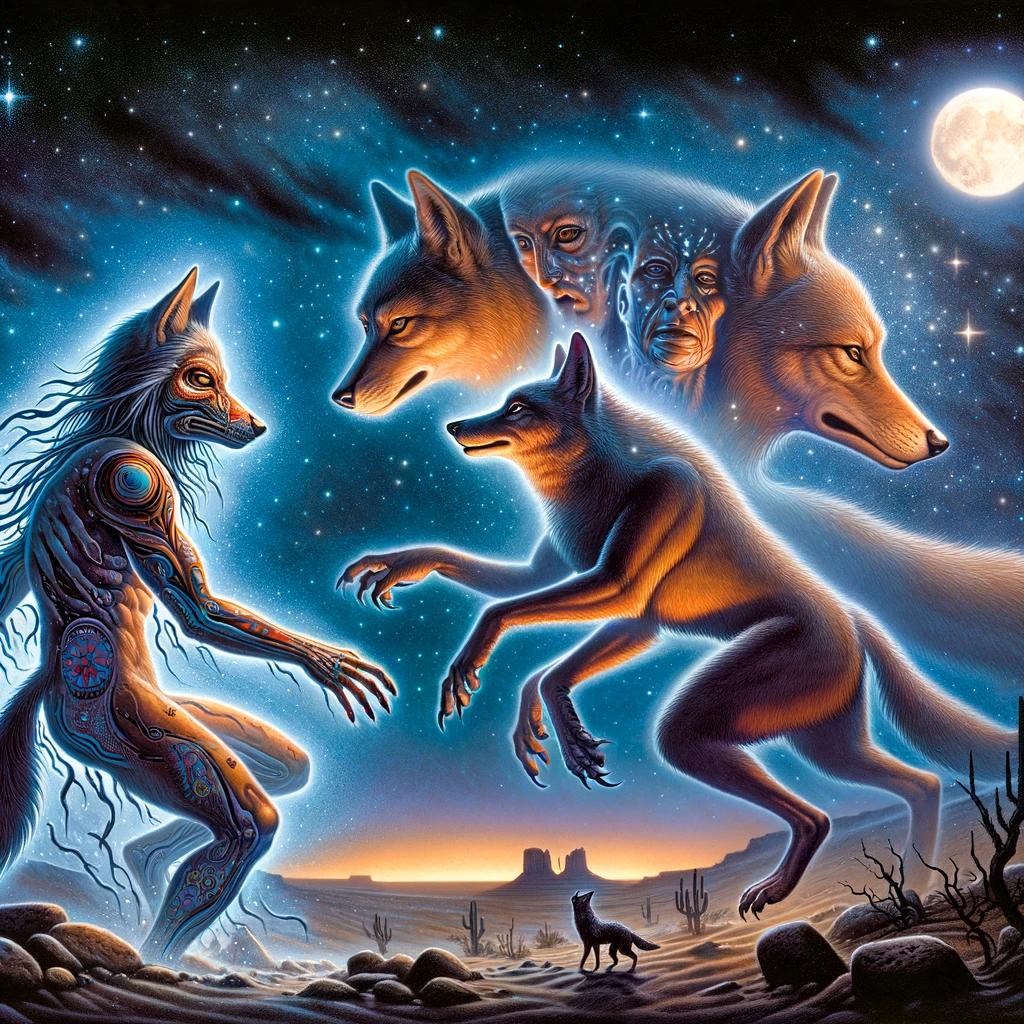What Does Navajo Mean in Native American Culture?
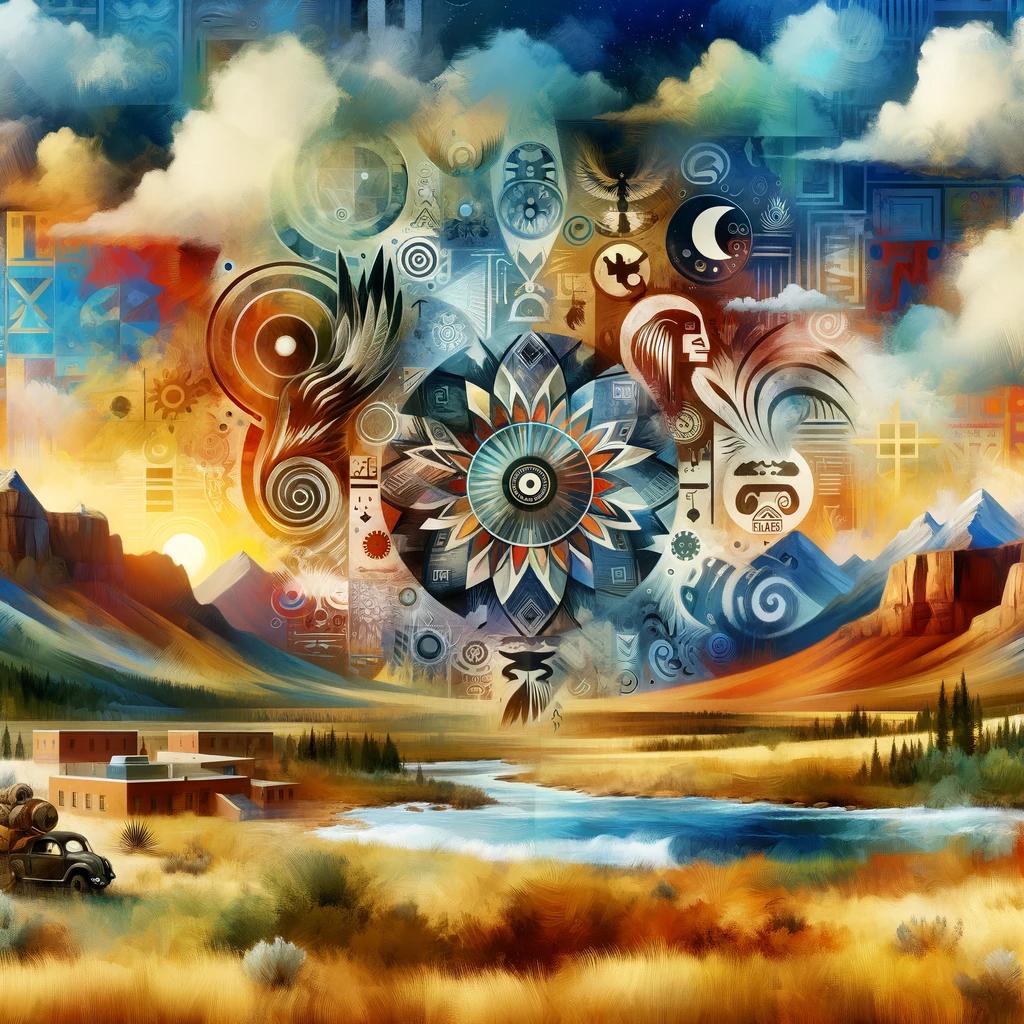
The Navajo tribe, also known as Diné, is the largest recognized Native American tribe in the United States. Their history dates back centuries, with their ancestors, the Athabascans, arriving in the region around 1400 AD.
The Navajo transitioned from hunters to farmers, adopting farming techniques from the Pueblo indigenous peoples. Sheep and goat herding became important for trade and sustenance, while Navajo women excelled in the art of weaving.
With a complex relationship with the Pueblo peoples and Spanish influence, the Navajo name holds significant meaning. This article explores the Navajo culture, their reservation, and their contributions to art, music, and education.
The History of the Navajo Tribe
The Navajo tribe, also known as Diné, has a rich historical background that spans centuries. Exploring their origins, their transition from hunters to farmers, the importance of sheep and goat herding, and the art of weaving by Navajo women provides insight into their unique culture and heritage.
Arrival of the Navajo Ancestors
The Navajo ancestors, believed to be Athabaskan-speaking people, arrived in the southwestern region of the United States around 1400 AD. They settled in the present-day Navajo Nation, encompassing areas of Arizona, Utah, and New Mexico.
The Navajo people quickly adapted to their environment and began shaping their distinctive way of life.
Transition from Hunters to Farmers
Initially, the Navajo people relied on hunting and gathering for their sustenance. However, they gradually incorporated agricultural practices from neighboring Pueblo indigenous communities. The cultivation of maize, beans, and squash became integral to the Navajo way of life, ensuring a more reliable food source.
The Importance of Sheep and Goat Herding
One significant change in Navajo culture was the introduction of sheep and goat herding, which transformed their economic and social dynamics. The Navajo people mastered the art of sheep and goat herding, which provided not only food and clothing but also acted as a valuable trade commodity.
The skill of herding became a core aspect of Navajo identity and fostered connections with neighboring tribes.
Navajo Women and the Art of Weaving
Navajo women played a vital role in preserving and expanding their cultural heritage through the art of weaving. They perfected the skill and developed intricate techniques to create blankets, clothing, and other woven goods.
The Navajo people highly revered these woven creations as expressions of their artistic talent and cultural identity. The art of weaving continues to thrive within the Navajo community, representing an enduring legacy.
Navajo Culture and Tradition
Navajo culture and tradition are deeply rooted in the history and experiences of the Navajo people. This section explores various aspects of their cultural heritage and the significance they hold.
Complex Relationship with Pueblo Peoples
The Navajo people have a complex and interconnected relationship with the Pueblo peoples.
Over time, the Navajo adopted some ideas and influences from the Pueblo communities, while also facing conflicts. This exchange of knowledge and cultural practices has contributed to the richness and diversity of Navajo culture.
Spanish Influence on Navajo Identity
During the 16th century, the Spanish referred to the Navajo people as Apaches or Quechos. The Spanish influence on Navajo identity and culture can be seen in certain aspects, such as their language, art, and religious practices.
Despite the historical interactions, the Navajo have maintained their distinct cultural identity.
The Meaning of the Navajo Name
The name “Navajo,” also known as Diné, carries significant meaning for the tribe. It represents their history, traditions, and connection to the land. The name reflects their resilience, strength, and deep-rooted cultural values that have been passed down through generations.
Navajo Language and its Significance
The Navajo language, known as Diné Bizaad, is an integral part of Navajo culture. It is a complex and highly expressive language, reflecting the rich spiritual and cultural beliefs of the Navajo people.
Language plays a vital role in preserving traditions, passing down knowledge, and strengthening the sense of identity among the Navajo community.
Navajo Code Talkers in Native American History
During World War II, Navajo Code Talkers played a crucial role in transmitting secure and unbreakable coded messages in the Navajo language. This code was never broken by the enemy, making a significant contribution to the Allied forces’ success.
The Navajo Code Talkers’ bravery and skills have since become a source of pride and admiration within the Native American community and the nation as a whole.
The Navajo Nation and Reservation
The Navajo Nation is the largest recognized tribe in the United States, encompassing a vast reservation that spans across Arizona, Utah, and New Mexico.
This reservation, covering over 27,325 square miles of land, is the most extensive in the country.
Navajo Nation: Largest Recognized Tribe in the United States
The Navajo Nation holds the distinction of being the largest recognized tribe in the United States in terms of population. With over 399,494 registered tribal members in 2023, the Navajo people have a significant presence and influence within Native American communities.
Geographic Extent of the Navajo Reservation
The Navajo Reservation stretches across the beautiful landscapes of Arizona, Utah, and New Mexico. It encompasses diverse terrains, including mountains, deserts, canyons, and forests, offering a unique and picturesque environment that is deeply woven into Navajo culture and identity.
Four Corners Area: The Heartland of Navajo Country
In the heart of the Navajo Nation lies the Four Corners Area, where Utah, Colorado, New Mexico, and Arizona intersect. This region holds immense cultural and historical significance for the Navajo people, as it is the epicenter of their ancestral lands and serves as a vibrant hub for their traditions and way of life.
Challenges and Opportunities for the Navajo Community
While the Navajo Nation boasts a rich cultural heritage, its community also faces various challenges and opportunities. Economic development, education, healthcare, and preserving traditional values are ongoing endeavors for the Navajo people as they navigate the complexities of a changing world while striving to maintain their unique identity and promote a prosperous future for generations to come.
Navajo Influence and Contributions
Navajo culture has had a profound impact on art, music, and dance, enriching the diversity of Native American traditions. Here are some key aspects highlighting the influence and contributions of the Navajo people:
Navajo Cultural Impact in Art, Music, and Dance
The artistic expressions of the Navajo people reflect their deep connection to their spiritual beliefs and natural surroundings.
Navajo art, often characterized by intricate patterns and vibrant colors, includes various forms such as sand paintings, pottery, and jewelry. These artistic creations not only serve as decorative pieces but also convey cultural stories and traditions.
Navajo music, known for its melodic rhythms and haunting chants, plays a vital role in Navajo ceremonies and social gatherings. Traditional instruments like the flute and drum are used to produce soul-stirring melodies that evoke a sense of harmony and reverence for the spiritual world.
Dance is an integral part of Navajo culture and serves as a celebration of life, nature, and Navajo identity. The various traditional dances, such as the Squash Blossom Dance and the Yeibichai Dance, are performed with intricate footwork and symbolic gestures, representing the harmony between humans and the divine.
Preservation and Revitalization of Navajo Culture
The Navajo people are committed to preserving and revitalizing their cultural heritage. Efforts are underway to pass down traditional knowledge, skills, and practices from generation to generation through educational programs, cultural events, and community initiatives.
These endeavors aim to ensure the continued resilience and vibrancy of Navajo customs and traditions.
Navajo Nation Council and Governance
The Navajo Nation Council, a governing body representing various Navajo communities, plays a crucial role in decision-making and addressing the needs of the Navajo people. Through their legislative efforts, they strive to safeguard Navajo rights, promote socio-economic development, and preserve the cultural integrity of the tribe.
Navajo Community College: Education for Navajo People
Navajo Community College, now known as Diné College, was established in 1968 as the first tribally controlled college in the United States. It provides higher education opportunities for Navajo individuals, offering degree programs that incorporate Navajo language, culture, and history.
The college plays a vital role in empowering Navajo students and preserving the cultural values and knowledge of the tribe.
Economic Development and Sustainability Efforts in Navajo Nation
The Navajo Nation is actively working towards economic development and sustainability initiatives. Programs supporting entrepreneurship, tourism, and renewable energy projects are being implemented to create job opportunities, enhance infrastructure, and promote a sustainable future for the Navajo people.
These efforts aim to strengthen the economic self-sufficiency and well-being of the Navajo Nation.
.

